
Living in a city can bring some unexpected encounters with wildlife. Even though we usually picture animals in forests or the countryside, many have adapted to city life, finding plenty of food and places to hide. Knowing which animals might sneak into your home can help keep your space safe and calm. Here are 15 animals that could invade your home without you knowing.
Rats
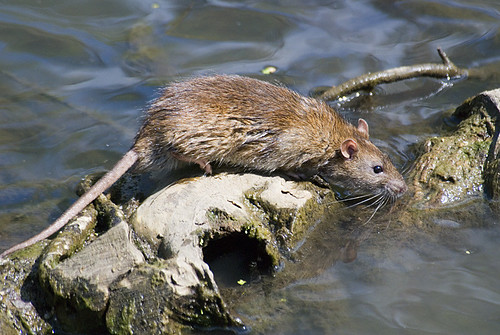
Rats are urban survivors capable of squeezing through gaps as small as a quarter. Their ability to gnaw through wood, plastic, and even some metals allows them to invade homes easily. They’re skilled climbers and can access your attic through trees or power lines. Interestingly, rats can live in almost any environment, and their constant search for food and shelter means they’re always on the move, potentially right into your home.
Mice
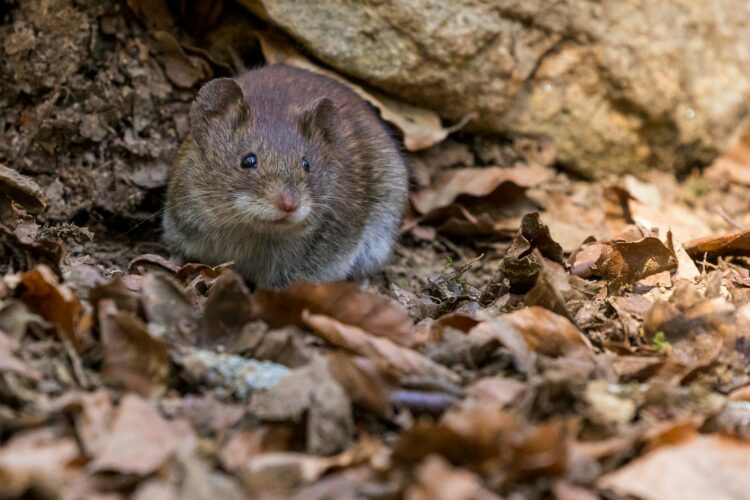
Mice might be small, but they’re surprisingly sneaky when it comes to getting into your home. They’re experts at squeezing through the tiniest cracks, and their sharp sense of smell helps them sniff out food. Mice can shop in walls, under appliances, or in messy corners. Did you know? A single female mouse can have up to 10 litters a year—each litter bringing 5-6 little ones.
Squirrels
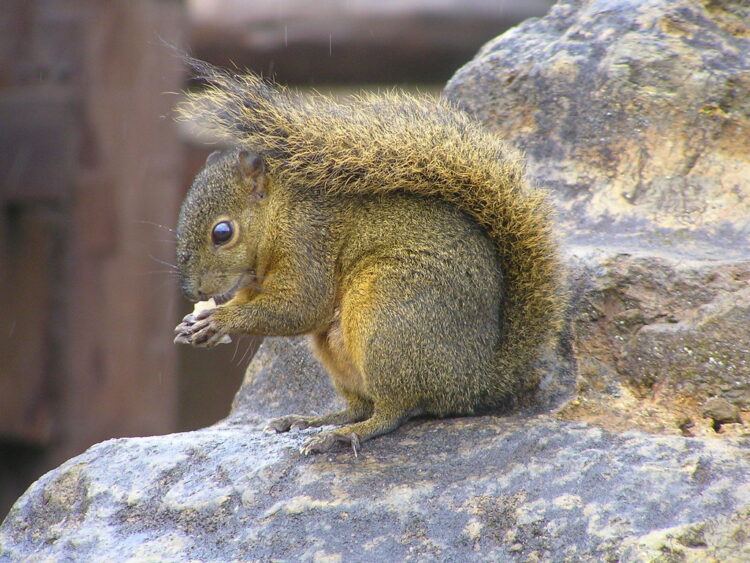
Squirrels might look adorable, but they can be a real headache if they enter your attic. These little climbers are great at scaling roofs and getting into eaves. They often come inside to escape predators or bad weather. Squirrels are notorious for chewing, which can wreck electrical wires and insulation. They’re just trying to prepare for winter, and your attic seems like the perfect place to set up their cozy little nest.
Cockroaches
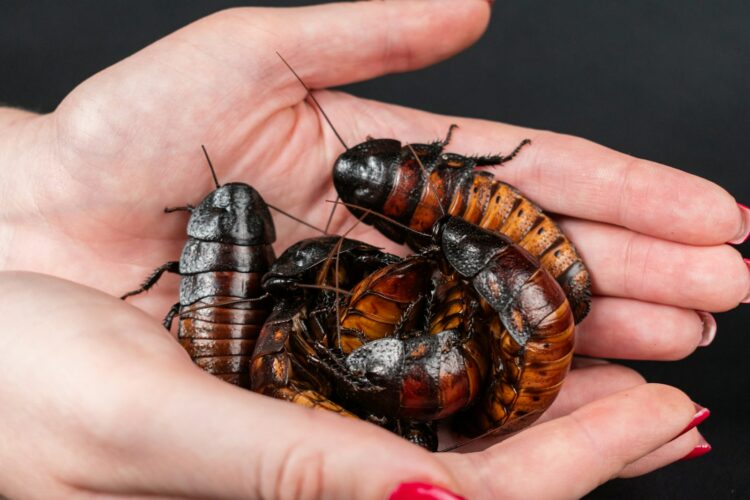
Cockroaches are tough little critters that love warm, damp places. They’re experts at hiding in tiny cracks and are often spotted in kitchens and bathrooms. If you see them around, it could mean there are food scraps or plumbing problems attracting them.
Ants
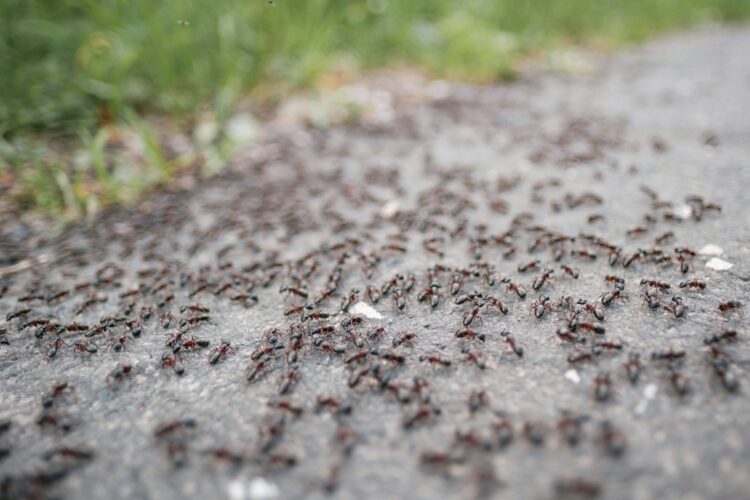
Ants are on a mission when they invade your home, looking for food and water. They leave a scent trail guiding their buddies straight to the goodies. Some ants even give off a distinct smell when you squash them. Ants are super organized—some species build huge colonies that can take over your home in droves. The Argentine ant, for instance, is known for creating massive supercolonies that can stretch across entire continents.
Bed Bugs
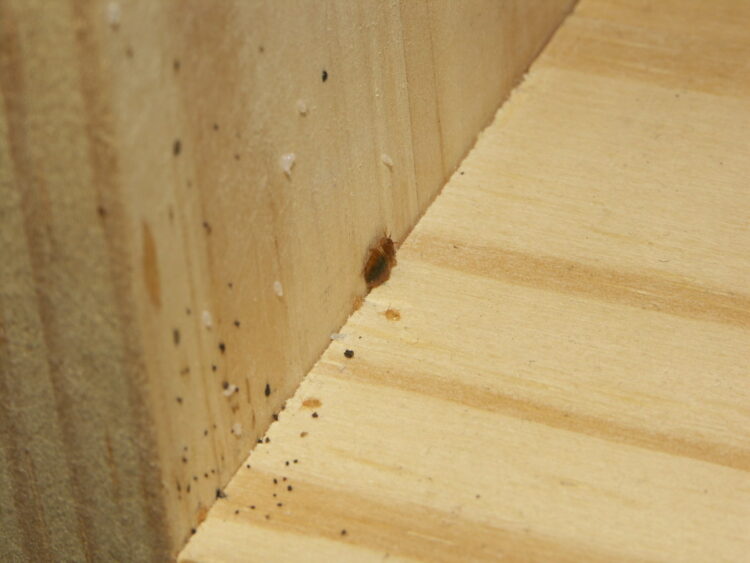
Bed bugs are tiny and sneaky pests that love to hitch a ride on your luggage, used furniture, or even your clothes. They’re masters at hiding in cracks and crevices around beds and furniture. These bugs feast on human blood, and their bites can make you itch and cause allergic reactions. What’s really intriguing is that bed bugs can go for months without a meal, so once they settle in, they can become a stubborn problem.
Spiders
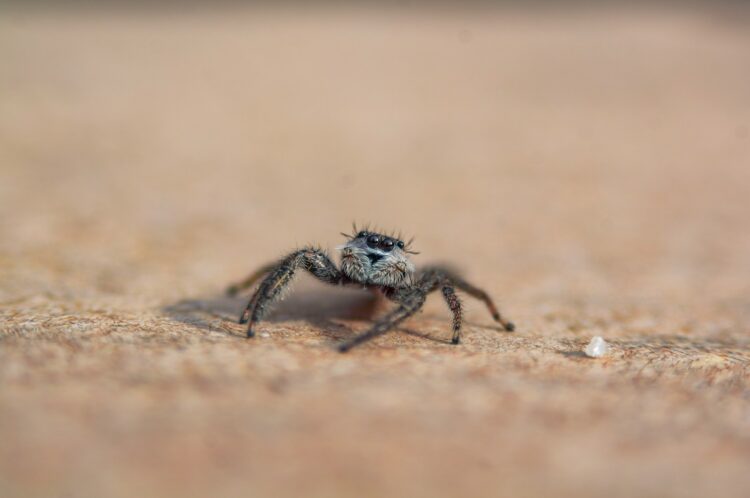
Spiders might wander into your home looking for a snack or just a nice spot to relax. Most of them are harmless, but watch out for the brown recluse and black widow—those with venomous bites. And get this: spider silk is actually stronger than steel of the same thickness. That’s why their webs are so impressive and tough.
Raccoons
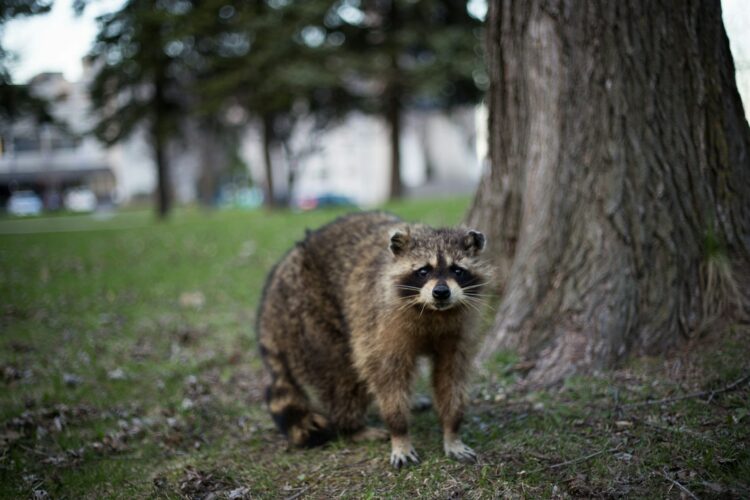
Raccoons are pretty sharp critters with super nimble paws that can open containers and snag food. They love to sneak into attics, chimneys, or basements and can cause quite a mess. These little night owls are easy to spot with their unique “masked” face. Fun fact: they even have a quirky habit of washing their food in water, so they’ve earned the nickname “wash bear.”
Opossums
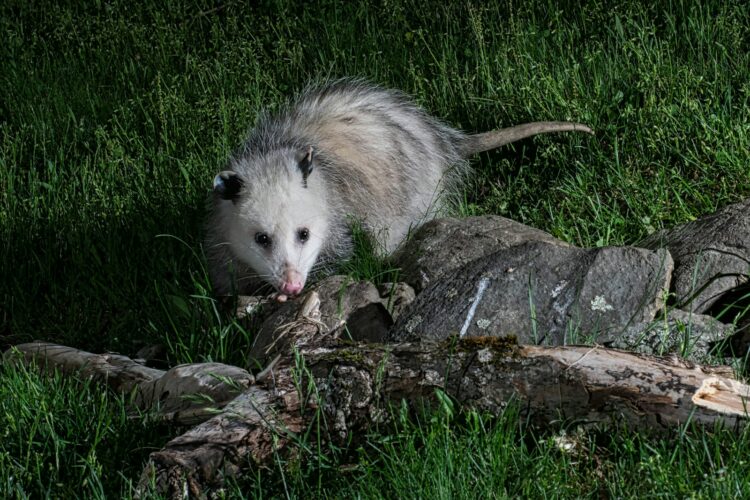
Opossums are urban foragers, often scouring the city for their next meal. One of their coolest tricks is playing dead—they’ll go limp and pretend to be lifeless as a defense move, called thanatosis. They’re usually not a threat, but keep in mind they can spread diseases like leptospirosis and are known to carry ticks and fleas.
Skunks
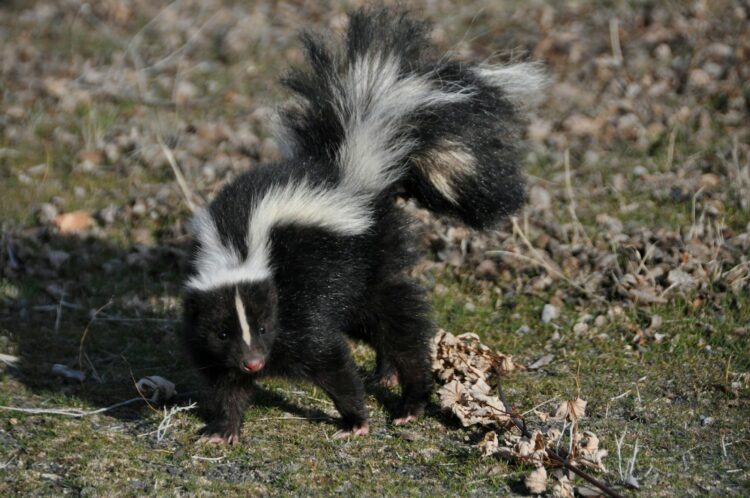
Skunks are drawn to city life by the promise of food and can sneak into homes through open doors, vents, or even small cracks in the foundation. They’re best known for their powerful spray, which they use to ward off threats. This stinky spray comes from glands under their tail and can linger for days. Despite their notorious odor, skunks are actually pretty helpful since they keep insect and rodent numbers in check.
Pigeons
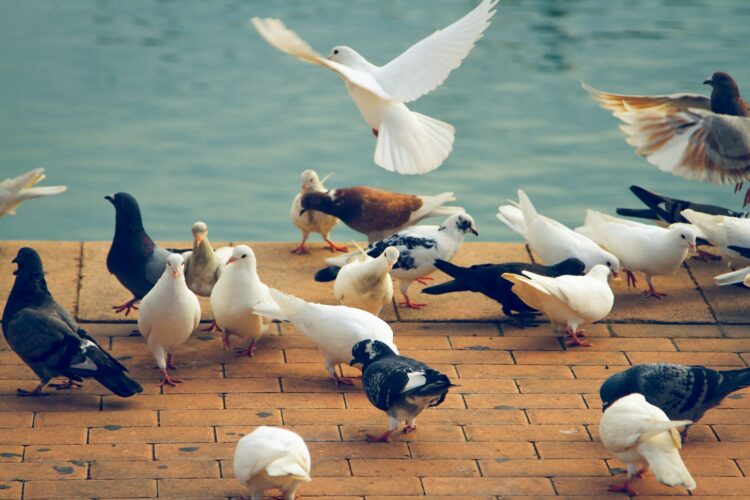
Pigeons are city regulars, making their homes in eaves and ledges. Their droppings can pile up and pose health risks, like spreading diseases such as histoplasmosis. Plus, pigeons can be home to parasites like fleas and ticks. Did you know? Pigeons have had quite a historical role—they were even used as messenger birds during wartime because of their amazing ability to find their way home.
Bees
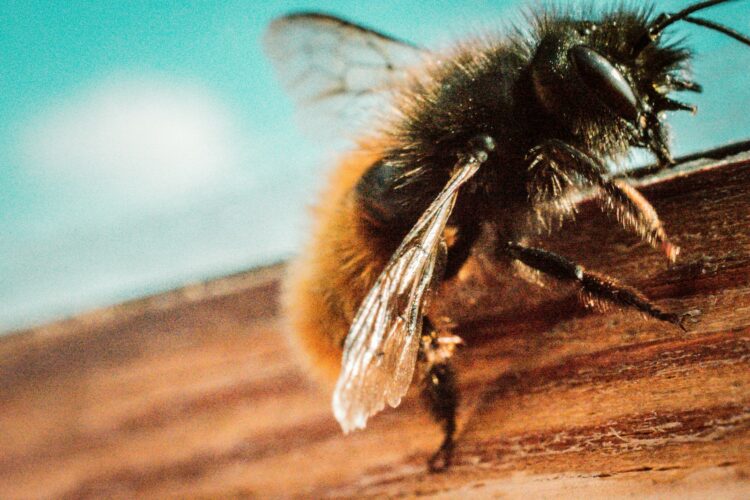
Bees might build their hives in your attic or between wall cavities, especially when it’s warm. They’re usually calm unless you mess with them, but things can get tricky if they start feeling threatened. Bees are super important for pollination, which makes them a big deal for our ecosystem. Just watch out, though—some people can have allergic reactions to their stings.
Wasps
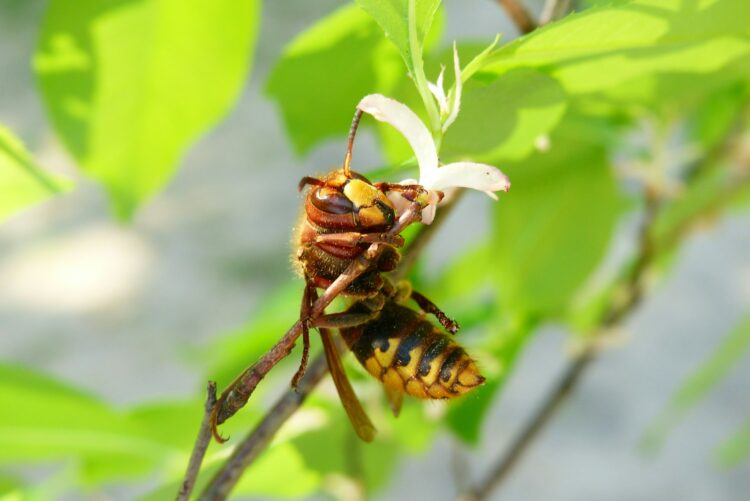
Wasps are a bit more intense than bees and like to set up shop in sneaky places around your home—think under eaves or in garden sheds. Their nests can get pretty big, and they’ll get super defensive if they feel you’re a threat. Wasps are infamous for their painful stings, and the worst part? They can sting you more than once, unlike bees, who usually only get you once.
Moths
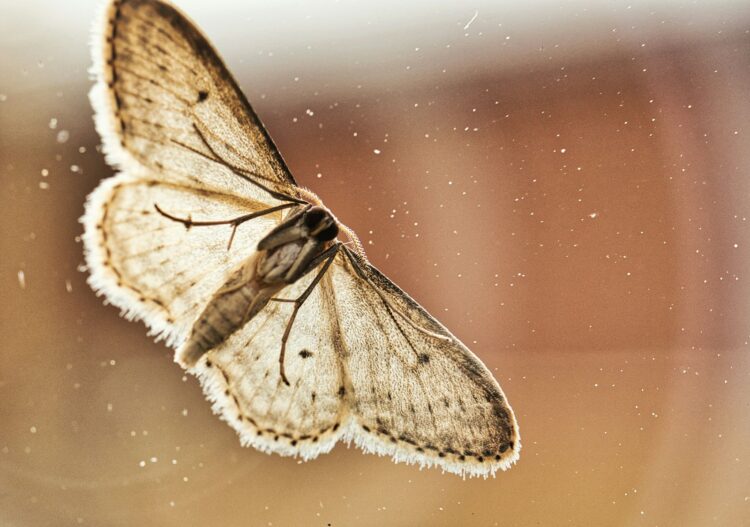
Moths can enter your home and wreak havoc on your food and clothes. Pantry moth larvae are the real troublemakers—they love munching on grains, flour, and dried foods. Moths are drawn to light and often sneak in through open windows or doors. With their knack for laying hundreds of eggs, a tiny moth problem can become a full-blown infestation before you know it.
Snakes
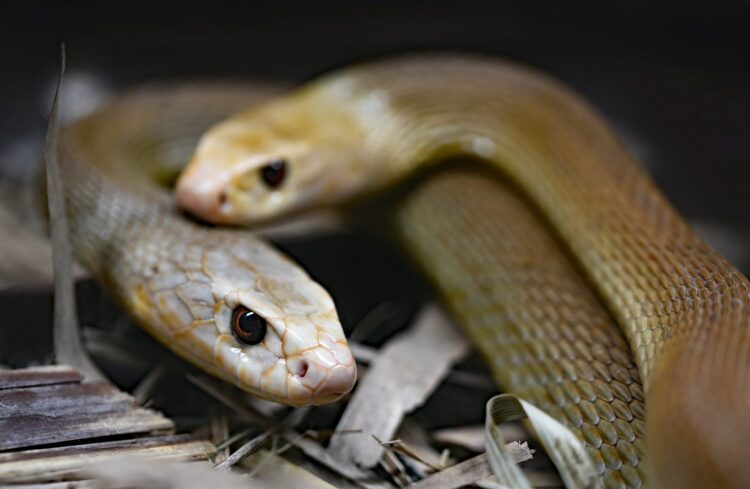
Though uncommon, snakes can sometimes end up in homes, especially if they’re hunting for prey like rodents. They can slither through foundation gaps, open doors, or even tiny cracks. Most snakes aren’t dangerous, but it’s still smart to be careful and seal up any potential entry points. With more and more urban development, many cities see more snake sightings.

